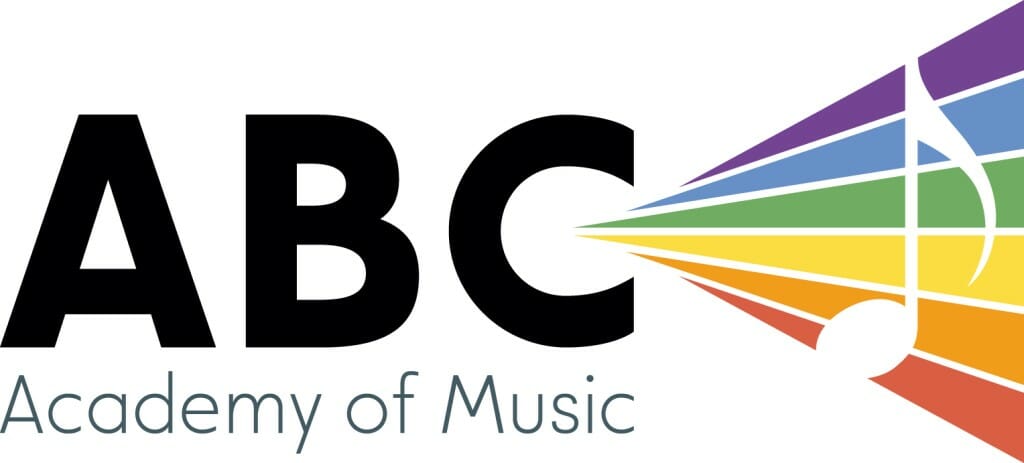Clara
Technical Exercises – A Major
- 1 octave scale, hands separately and together: practicing as solid blocked hand positions and stepping
- 1 octave triads – solid hands separately
- Finding separate root position, first inversion, and second inversion triads from the lap to the keyboard
- Moving back and forth between chord inversions, as well as ascending/descending through all inversions
Bartok – #7 hands together fully – practicing saying note names out loud
Melody in G Major – Focusing on dynamics overall
- Making sure our right hand is “singing” over our left hand! Sing along as a way to help bring it out in the fingers
- Keeping our left hand gentle (instead of thinking “loud-soft-loud-soft”, thinking a gentle “down-up-down-up”)
- Clear difference between mezzo-forte and mezzo-piano dynamics
- Watching out for decrescendos, as well as our ending ritardando
On the Trampoline
- Excellent work getting our time signature comfortable! Keep up with focus on this, especially in our last line as our right hand jumps around
- Focusing on the right hand ending, practicing moving back and forth between chords (focus on finger 5!)
- Dynamics at the end – crescendo to a full forte (don’t forget the left hand!) ending in a sudden mezzo-piano
The Storm – Thinking about our new composition idea!
- Thinking about what kind of scene/story you want to share with it – What kind of rain is there? Is there heavy thunder? Is there a lot of lightning? Is it a hailstorm? How fast is the wind? Is there a tornado with a herd of cows spinning around in it?
- Try writing all of this down in a short story, poem, couple of sentences; try drawing a picture of the storm
- Think about the kinds of sounds you might hear, or how they might sound on the piano
- Try drawing a visual score with shapes and lines that could represent your storm like we tried in lesson!
Hakim
Technical Exercises – A Major
- 1 octave scale hands separately and together, practicing as solid hand positions and stepping
- 1 octave triads, hands separately – solid and broken
- Ascending and descending
- playing through root position – first inversion – second inversion – root position
- Make sure you are using the same fingerings in solid and broken triads. Always using fingers 1 and 5 for outside notes
- Rh finger 2 only in first inversion, Lh finger 2 only in second inversion
Gymnopedie #1 – please make sure this is printed and brought to next week’s lesson! We want to make sure we are using consistent fingerings so things stick in the brain more efficiently, and this will help.
- Focusing on hands separate practice from measures 13-21, making sure we can comfortably play through this at least hands separately
- Trying to fit from the beginning to measure 21 fully hands together if you are up for it!
- Lh watching out for new hand positions (F#, B, E) in measures 17-20
- Make sure you know which chord our LH moves to on beat 2 of each measure
- Practice moving back and forth between bass notes and chords in the Lh to get them as comfortable as our introduction
- Watch out for Rh playing different notes measures 8-11 (A moves down to F#) and measures 16-19 (A moves up to C# moves up to F# leaps down to E)
- Rh moving on trying to read through measures 22-31, writing in note names with pencil
